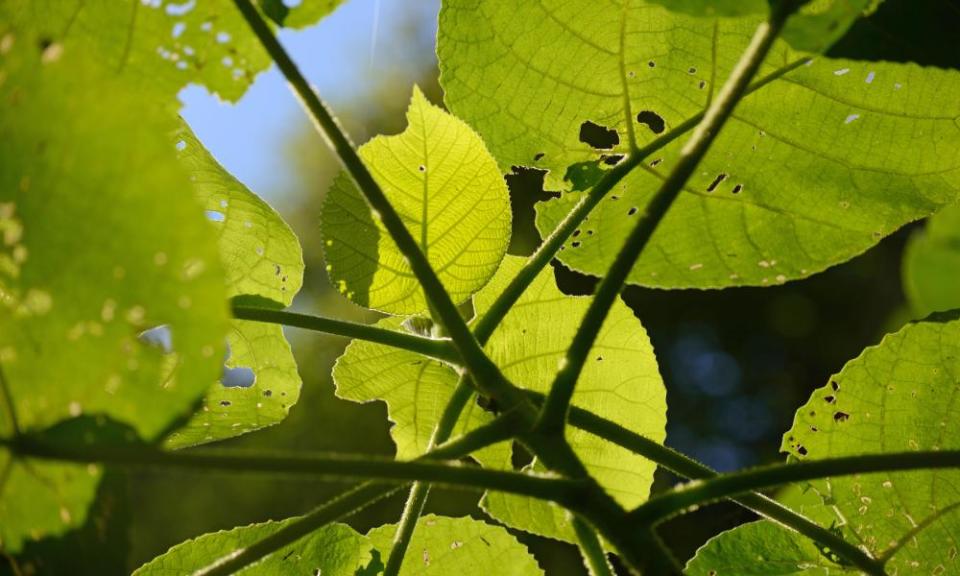Plantwatch: Australia's giant stinging trees – 35m tall with a poison that can last for months

It sounds like something out of The Day of the Triffids: a stinging nettle the size of a large tree, with a sting so vicious it inflicts excruciating pain that can last for days, weeks or even months. But this is no science fiction, these are the stinging trees of Australia.
Dendrocnide excelsa can grow up to 35 metres tall in tropical rainforests in Queensland, one of a gang of six Dendrocnide tree or shrub species found in Australia. These thugs of the plant world belong to the same family as common stinging nettles, with leaves covered in similar tiny needle-like hairs that act like hypodermic syringes, injecting their poison at the slightest touch of the skin, although the poison is far more powerful than a nettle’s.
The poison in stinging trees was recently discovered to be a peptide not previously seen in plants, and remarkably similar to that in some venomous spiders and cone snails found in tropical seas, which also inflict terrible pain. The poison works by binding to pain receptors in the nervous system, firing them up into a frenzy of activity, and it’s hoped that working out exactly how these proteins work may lead to the creation of new painkillers.

 Yahoo Finance
Yahoo Finance 